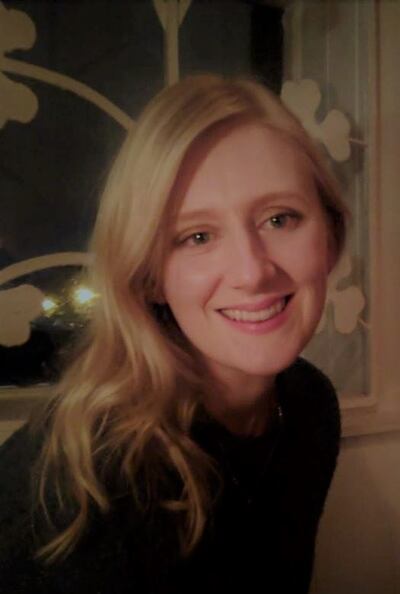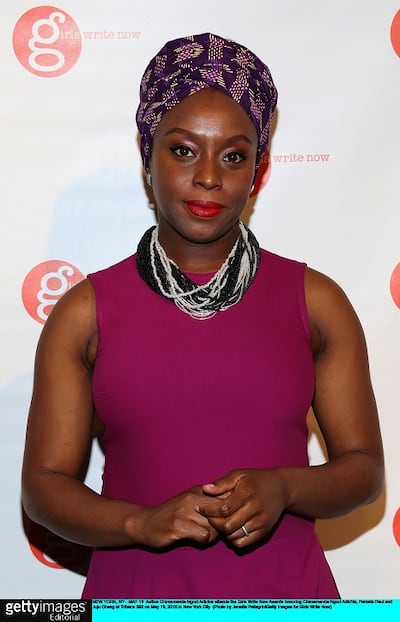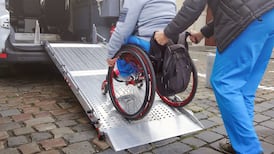There were many phases involved in coming to terms with a diagnosis for Autism Spectrum Disorder (ASD) received long after my childhood had passed.
By now, nothing could be done by way of support or accommodations in an educational setting, and disclosing the fact in a professional one seemed like it might close more doors than it could open. It felt like it was too late for a diagnosis to prove useful or beneficial to me, and I struggled in managing the feelings of grief and frustration that gripped me as I imagined a life made a little easier, or a little more comfortable, by an earlier diagnosis.
I thought about my school report cards, and how obvious it seemed when I lined up; the consistent remarks about my poor focus and tendency to daydream. How easily distracted I was, lacking in drive and poorly organised. There were positive remarks, too, and I was hailed for my quiet nature and politeness. Having since become a teacher, however, such remarks read as little more than: “I still haven’t made sense of your child, but at least they don’t cause trouble.”
I spent the first year after receiving my diagnosis revisiting my past, confronting confusing and upsetting experiences and reviewing them through the lens of ASD. While this was, at times, a desperately uncomfortable process, no amount of discomfort could outweigh the sense of peace it ultimately brought. I made sense now. I wasn’t broken or defective. I could be explained, understood. I even came with a manual!
A lifetime of curious behaviour suddenly came into focus, and the pieces began to fit. My intense intolerance to loud noises and strong smells; my deep-seated need for control that manifested itself as an eating disorder in adolescence; my inability to adapt smoothly to change or stray suddenly from routine; my tendency to shut down completely – no coherent communication or movement for several hours – following overstimulation of a social or sensory kind. Combined with a myriad of other traits (particularly relating to auditory processing and executive functioning skills), a picture of ASD was painted. I just never knew to step back and look.
To my loved ones, for better or for worse, I have always been Méabh, the child so repulsed by the constraints of being a girl (terrible toys, unreasonable social expectations, uncomfortable clothing, etc.), that she cut off her hair, changed her name and decided she would henceforth be a boy. The child whose bedroom resembled a landfill most of the time, but whose tiny figurines were so meticulously aligned upon the mantelpiece the slightest alteration would send her into an uncontrollable fit of despair.
I was intense, easily agitated and often approached with caution. But I was also very happy, loved and free to be myself. Rather than scorn or mock me, my parents respectfully obliged when I requested to be called Eoghan, the same name as my older brother. They even advised guests in advance of arrival to our home to refer to all their children as boys, despite one of us clearly being female.
Eventually, my ideas of the world and my place in it would change, and I would reclaim girlhood. My parents would accept me then too, supportively, if slightly nervously, following me on the next turn of my tumultuous journey towards selfhood.
As the years passed, I began to appear better adjusted on the surface. I grew my hair out, dressed typically for a girl my age, and matched my behaviour and mannerisms to those of my peers. I no longer stood out. In fact, with excruciating effort and the close study of others, I did one better; I made myself and my needs invisible. I was good. I was polite. I was agreeable. The same intense and obsessive tendencies still stirred within me, but were nearly impossible to identify behind the eyes of a now perfectly placid child. Only I knew the truth.
In a bid to cope, I recall inadvertently self-harming at an early age, biting my arms and punching my legs, beating my mattress with my fists until I was sore and breathless. It was the only way I knew how to release the stress and anxiety I felt hiding myself in a world that couldn’t possibly accept who I actually was.

To be myself would alienate me from others, and I now longed desperately to be liked and accepted, even if that meant suppressing the emotions that were integral to me. This behaviour continued into adolescence, but my ways for coping changed for the worse; if I couldn’t control the world I was in, I could at least control myself. I dieted drastically for months, becoming so deficient in iron for a time that my body could no longer afford to menstruate.
I contracted a host of niggling ailments during my teenage years, and regularly visited my GP. It was during one appointment, when I was having an unusual skin condition across my arms and back assessed, that he suggested I might have depression.
The word hit me square in the face. It was impossible. I was somebody with friends, a social life, even a boyfriend. I had worked hard to secure these things, to be liked and accepted. I had mimicked my way into the world, dressing like, sounding like and acting like those around me. I may have had issues with food, but that seemed normal for a young woman, or indeed any woman. I laughed at his ludicrous suggestion, leaving instead with yet another prescription for yet another vague sickness.
The ability to camouflage symptoms appears to be the primary reason so many girls and women slip through the diagnostic net for ASD, the fear of being perceived as odd, aloof or difficult fuelling their compulsive use of scripted dialogue and mimicry of social manner as they navigate their way through the world. Desperate to present a palatable, manageable version of themselves, they learn to cope behind closed doors using dubious, often dangerous strategies. This, coupled with society’s general lack of understanding of how the condition presents in females, means many don’t receive a diagnosis until they reach adulthood, if at all.
In her 2009 TED Talk, Nigerian writer, Chimamanda Ngozi Adichie, argues the danger of a single story, stating that it "creates stereotypes, and the problem with stereotypes is not that they are untrue, but that they are incomplete".

She suggests that a single story reduces the complexity of human beings and their situations to a single narrative, thus excluding and marginalising anyone who doesn’t fit its limited description.
I worry that Autism Spectrum Disorder has been reduced to a single story. Our vague understanding of the condition as being a predominantly male one, in which emotional intelligence and empathy are traded in for scientific or mathematical genius, means those of us who don’t measure up are left behind, and denied access to the help and supports we need. This must change. We must learn to do better for autistic girls and women.
At its best, Autism Spectrum Disorder brings with it passion, creativity, ingenuity, sharp focus, sensitivity to detail and sometimes brilliance. Despite the misconceptions, those affected feel deeply and often experience empathy for others on a heightened level, falling short only in their ability to express it. For me, it has given me a creative mind and the ability to view the world with distinct flair. In childhood this revealed itself through endless story writing and role-play, the creation of elaborate and detailed worlds and characters.
In adulthood, my ability to think ‘outside the box’ brought exciting job prospects and professional opportunities into reach. As a teacher, it has given me extensive patience and the ability to differentiate for varying learning style naturally, as I understand first-hand that there are multiple ways to learn, and that children do so at different paces.
Looking back, I realise that life before my diagnosis was one spent locked out of my own mind. There was always a strong, underlying sense that something was different about me and, in my desperation to figure out what, my physical and mental wellbeing suffered. I suppressed so much, created such a strict divide between the public and the private and maintained it almost expertly. Only now do I realise how exhausting my efforts were. Only now I am learning to embrace one whole existence, instead of trying to straddle multiple fragmented ones at once.
There is a great deal of unlearning to be done about ASD before we can achieve a true sense of understanding of the complex and nuanced condition it really is. We must learn to reject the stereotypes that reduce it to a single story, and become better educated on the role of gender.
As March 26th to April 2nd marks World Autism Awareness Week, perhaps now is the time to get moving.













